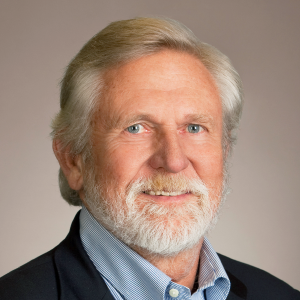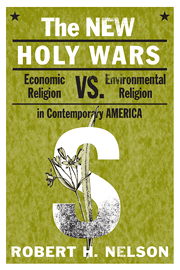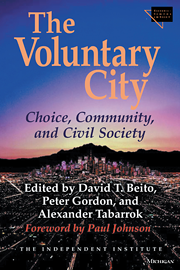Summary
In his magisterial work, A Religious History of the American People, Yale Professor Sydney Ahlstrom wrote that the events in American society of the 1960s amounted to a “violent and sudden . . . moral and theological transformation” of the nation. The rise of environmentalism was one of the leading elements of this transformation, due to catalyzing events such as the 1962 publication of Rachel Carson’s Silent Spring; the 1964 Congressional enactment of the Wilderness Act; and the 1969 Santa Barbara oil spill. Exemplifying this shift, the first Earth Day was celebrated on April 22, 1970.
It was only a year later, in 1971, that Richard Neuhaus explained that the new American environmentalism raised questions that were essentially religious. Linda Graber, in 1976, wrote that “the surge of emotion the purist feels in wilderness is a cultural experience with a religious core.” The “wilderness is a manifestation of the Absolute,” she expounded. In it, an environmental believer “can immerse himself in perfection. . . . When the wilderness ethic is seen in its religious context, it is easier to understand the emotional heat generated” in public debates about wilderness designations. In 1980, law professor Joseph Sax wrote that he and fellow advocates for the National Parks were “secular prophets, preaching a message of secular salvation.” In 1986, Alston Chase published Playing God in Yellowstone, in which he described the wildlife management policies in Yellowstone National Park as determined by a set of environmental religious dogmas.
By the 1990s, environmentalists themselves were often characterizing environmentalism in religious terms. In 1992, Steven C. Rockefeller and John C. Elder edited a book collection, Spirit and Nature: Why the Environment is a Religious Issue.
Then-Senator Al Gore, in 1992, declared in Earth in the Balance that “the froth and frenzy of industrial civilization mask our deep loneliness for the communion with the world that can lift our spirits and fill our senses with the richness and immediacy of life itself.” Such matters lie in the domain of religion; as Gore put it, “the more deeply I search for the roots of the global environmental crisis, the more I am convinced that it is an outer manifestation of an inner crisis that is, for lack of a better word, spiritual.” Many other environmental writings since then have argued that only a religious reformation in America can offer a lasting improvement in the human relationship with nature.












